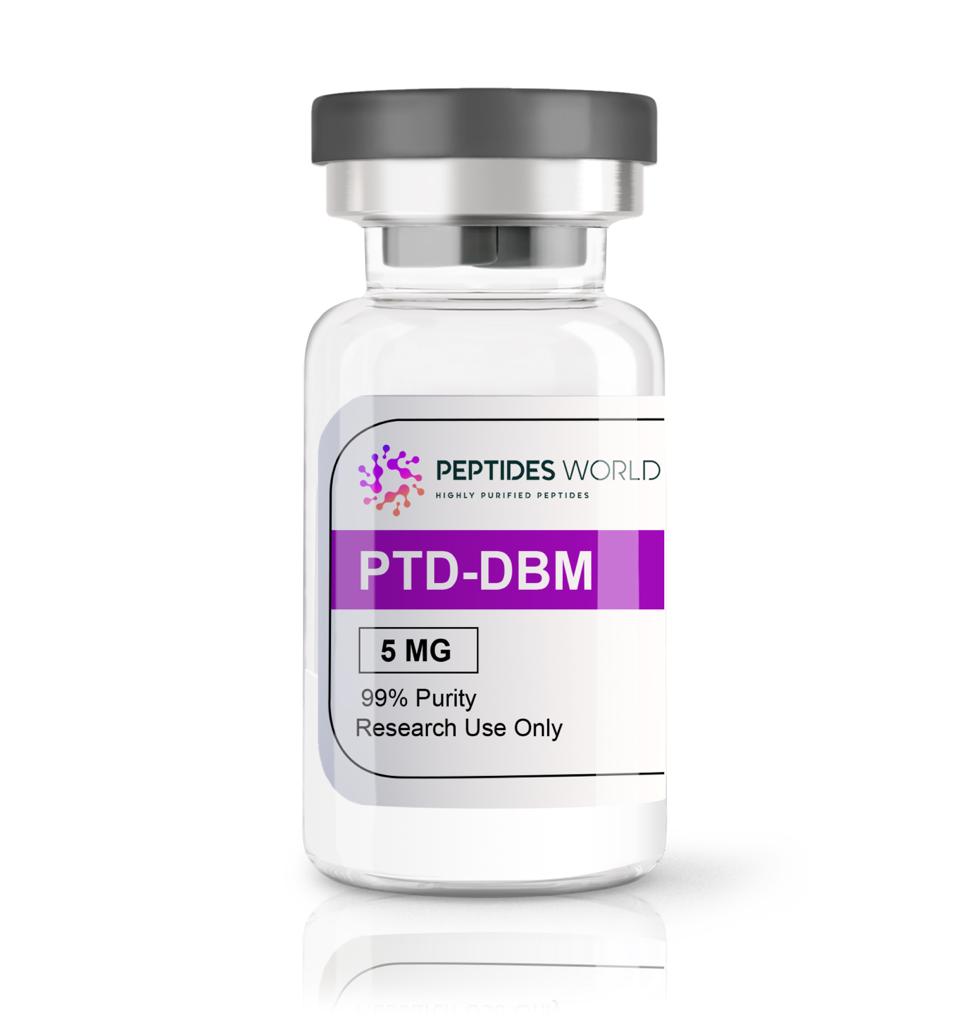
Exploring the Potential of PTD-DBM for Hair Growth
In the pursuit of solutions for hair loss, a novel compound known as PTD-DBM is making waves within the scientific community and among those keen on finding an effective treatment for various forms of alopecia. This protein, discovered through rigorous research, has shown promising potential to not only prevent hair loss but also stimulate hair growth. In this article, we will explore what PTD-DBM is, how it works, and what its emergence could mean for future treatments of hair loss.
Understanding PTD-DBM
ptd-dbm is a peptide, a short string of amino acids, which has been identified for its role in hair follicle regeneration. Research into this peptide emerged from the broader field of study focused on understanding how hair follicles function and how they can be influenced to promote hair growth. The mechanism of action of PTD-DBM is particularly interesting because it targets specific pathways involved in hair follicle growth and development.
How PTD-DBM Works
The science behind PTD-DBM involves the disruption of a specific protein interaction that plays a role in hair loss. In simple terms, hair loss can occur when certain proteins in the body inhibit the growth of hair follicles. PTD-DBM works by interrupting this inhibitory signal, thereby allowing hair follicles to enter and remain in the growth phase. This action not only has the potential to reduce hair loss but also promotes the growth of new hair.
The Potential Benefits of PTD-DBM
The implications of PTD-DBM for those experiencing hair loss are significant. Unlike many current treatments that may offer temporary solutions or slow the progression of hair loss, PTD-DBM represents a potential method to directly stimulate the regrowth of hair. This could be a game-changer for people experiencing pattern baldness, alopecia areata, and other forms of hair loss who are seeking more permanent solutions.
Safety and Efficacy
While the excitement around PTD-DBM is understandable, it’s important to note that research is ongoing. The safety and efficacy of treatments based on this peptide are subjects of rigorous scientific studies designed to ensure that any future therapies are both safe and effective for human use. Researchers are committed to thorough testing and analysis to pave the way for potentially groundbreaking treatments.
Future Directions
The discovery of PTD-DBM’s potential in hair growth is just the beginning. Scientists are exploring all facets of this peptide, including how it can be most effectively delivered to the areas of the scalp where it is needed most. Advances in topical formulations, injections, and even incorporations into existing treatment regimes could all be on the horizon.
Conclusion
PTD-DBM stands at the forefront of exciting developments in the treatment of hair loss. Its discovery opens up new avenues for research and the potential development of more effective, targeted treatments for various types of alopecia. With ongoing studies and a better understanding of its mechanisms, PTD-DBM could well be a key component of future hair loss therapies. For those affected by hair loss, the progress in this area offers a beacon of hope, promising treatments that are not only more effective but also based on the underlying science of hair growth and regeneration.